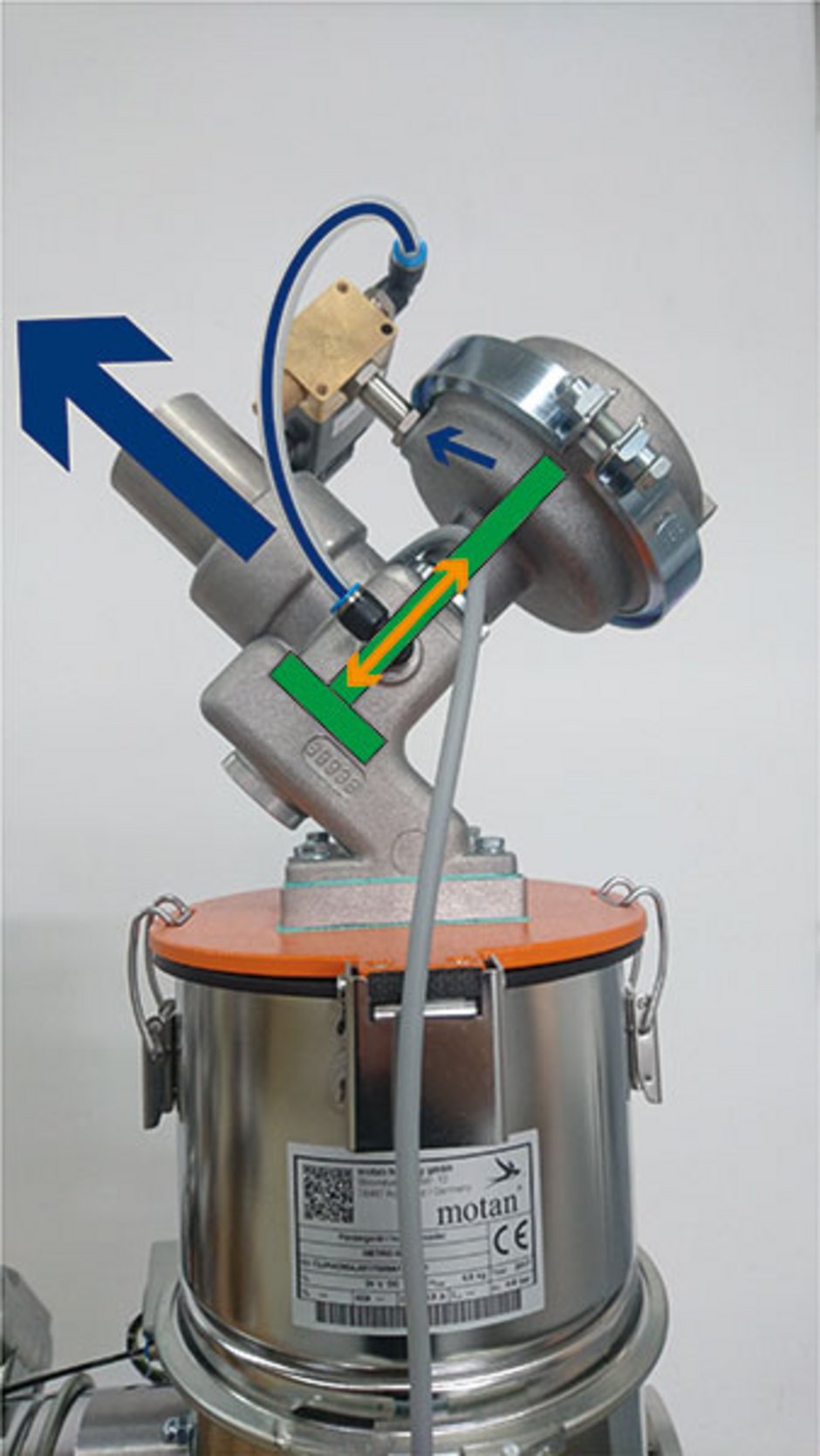48 - What is a diaphragm valve?

When manufacturing medical products, parts with delicate surfaces or electrical components, a completely clean production environment is a basic prerequisite. The slight excess pressure compared to the environment which is present in clean rooms is not without reason, as it helps prevent particles entering the production area and so helps to prevent the products becoming contaminated.
The cleanliness requirements for systems and materials are correspondingly high. Therefore, pneumatic systems, i.e. systems that use pressurised air, are to be avoided, if not completely prohibited.
For material supply this means that conveying systems should be equipped with diaphragm valves. These valves are operated via the vacuum lines and not with pressurised air like pneumatic valves. This results in preventing possibly contaminated air or particles entering the production area. Diaphragm valves are also useful when pressurised air supply is not available.
Diaphragm valves operate as a quasi-closed system. If material is required, the vacuum starts. Then the controls send an impulse to a small electric solenoid valves which in turn opens the closure. Material can now be conveyed via the vacuum line. Once the required amount has been reached, an additional impulse by the controls closes the solenoid valve. When idling, a spring located on the inside pulls the closure shut.
Do you need examples of conveying systems equipped with diaphragm valves? You will find more information on www.motan.com
